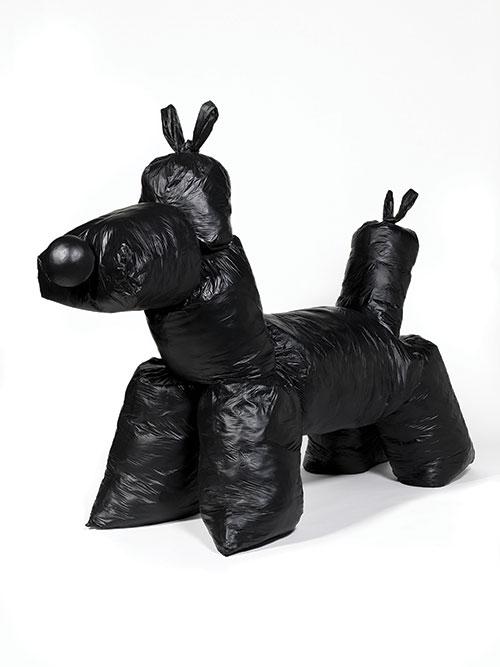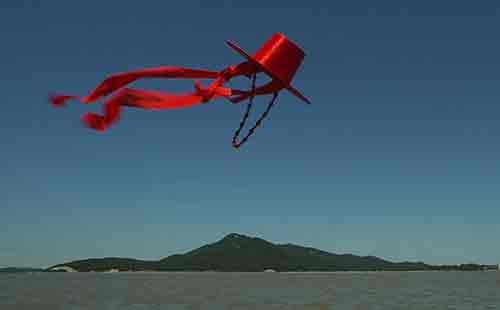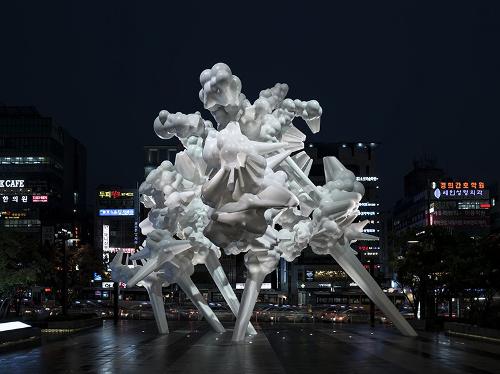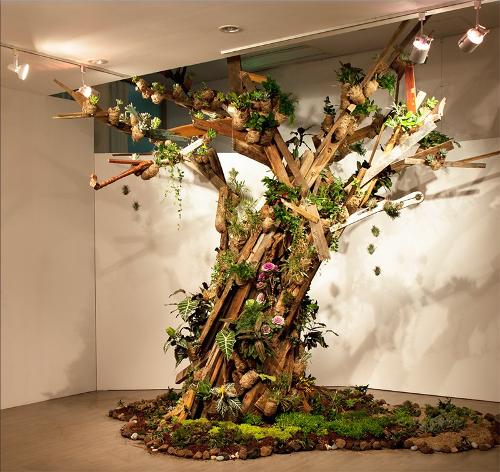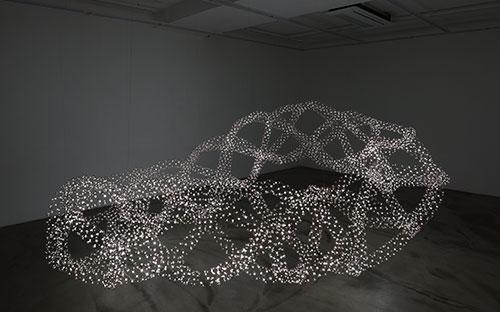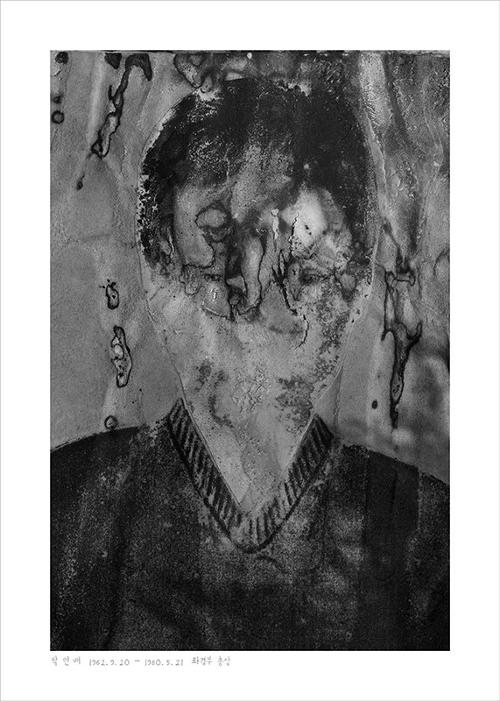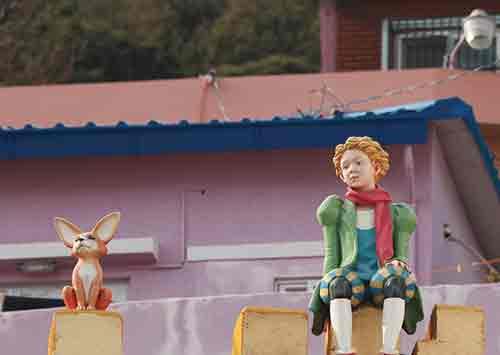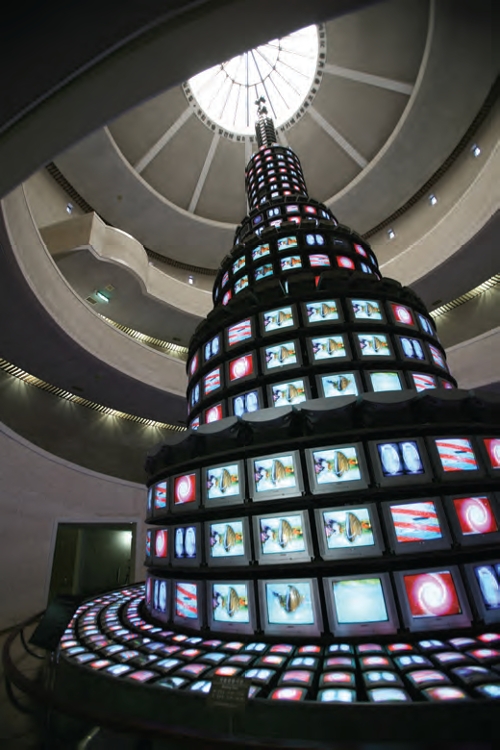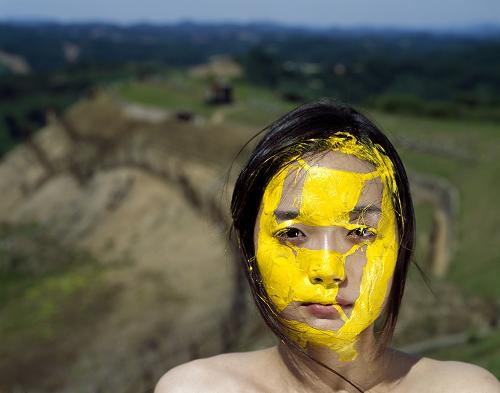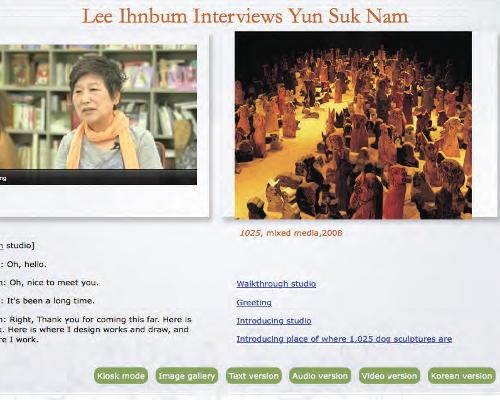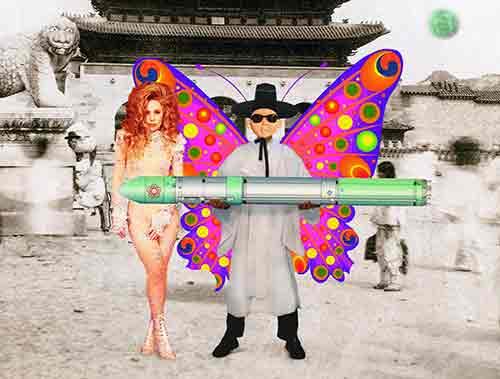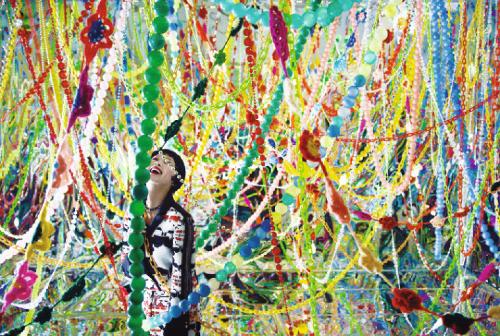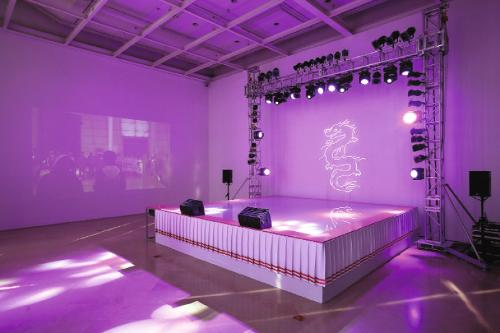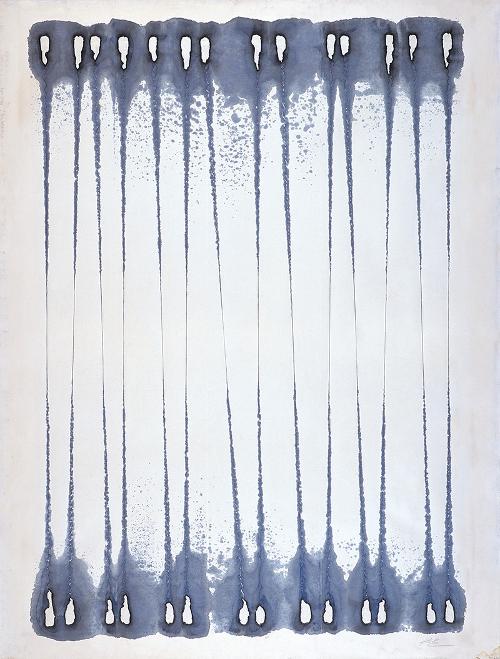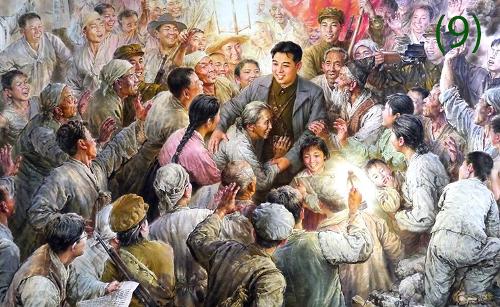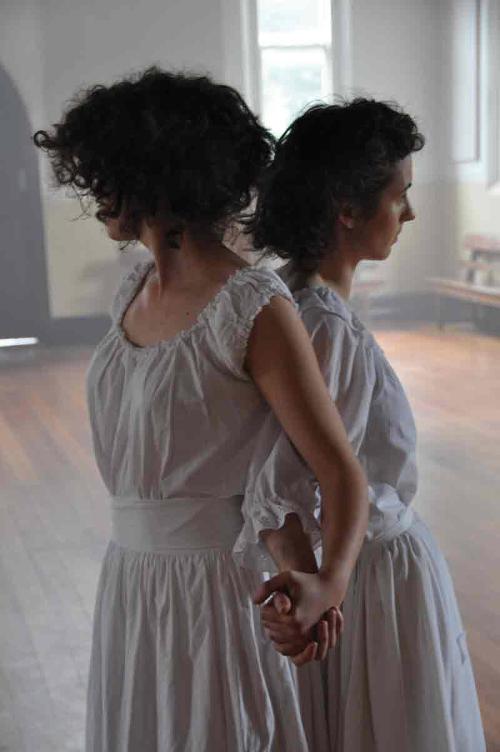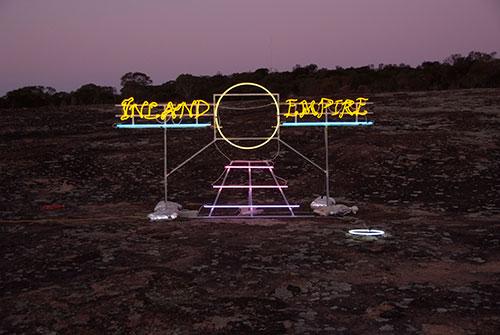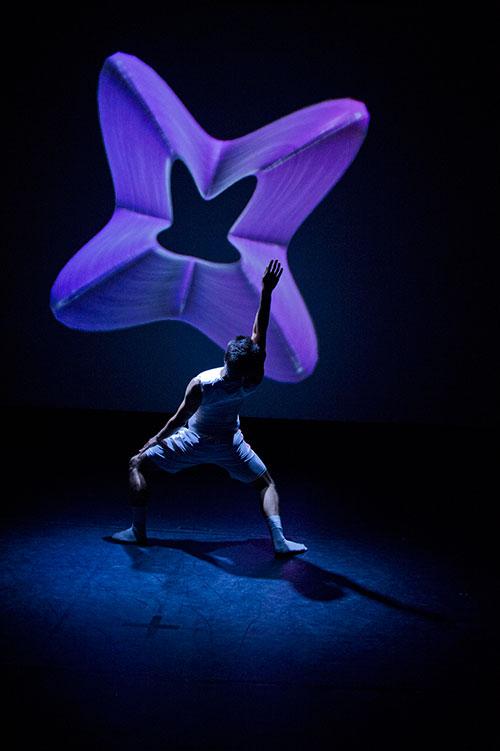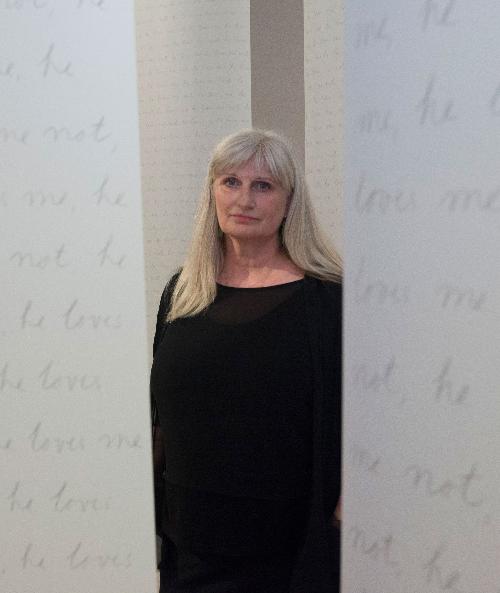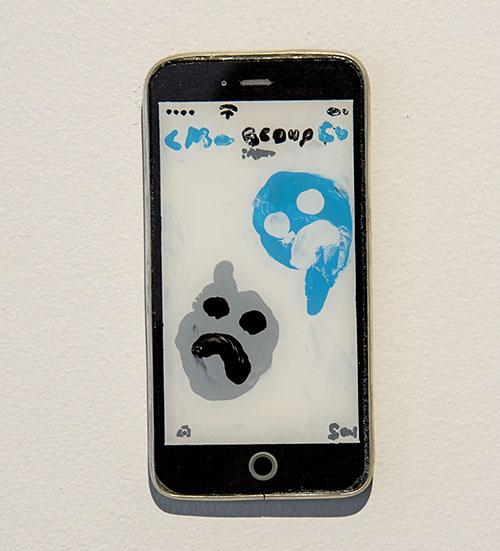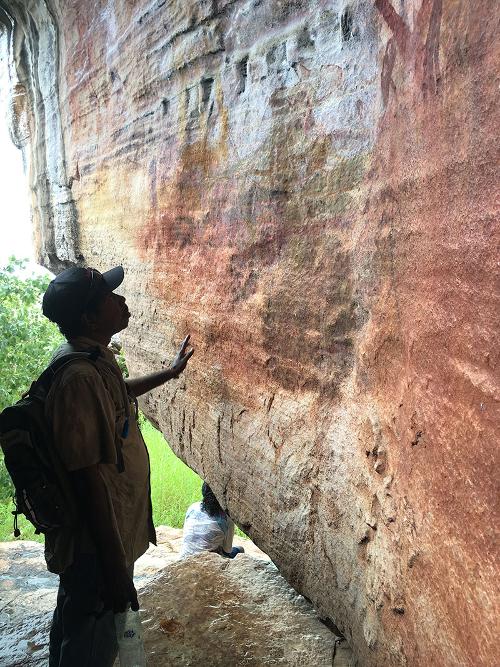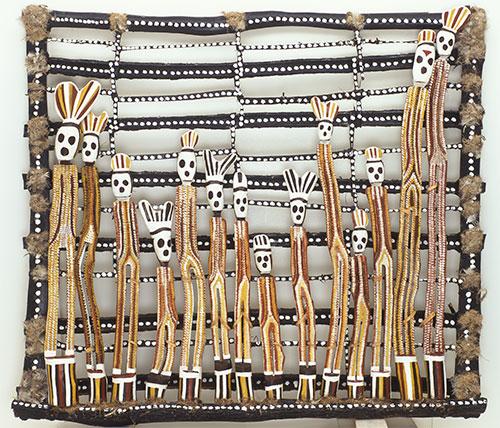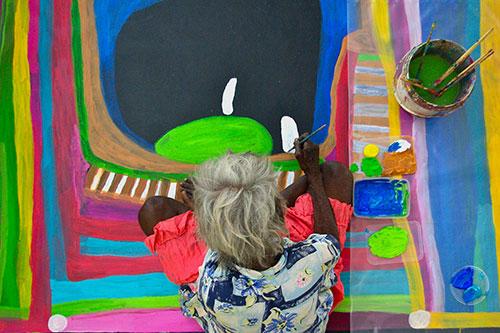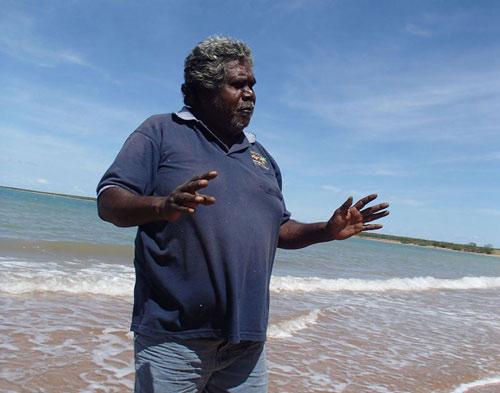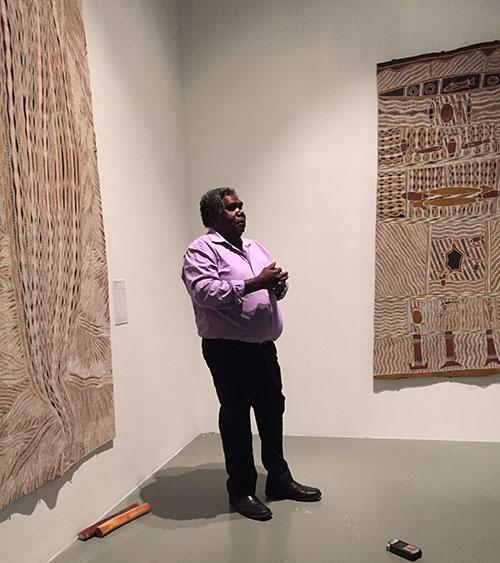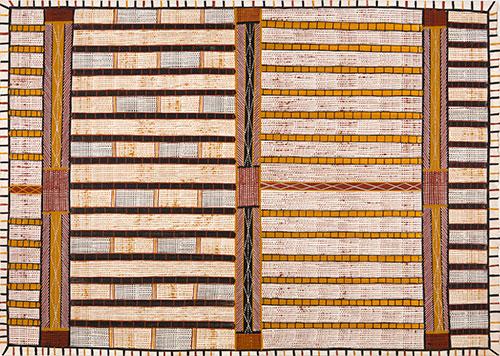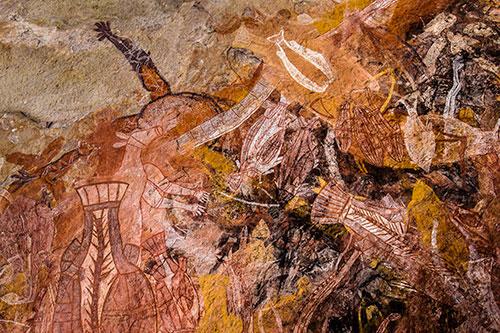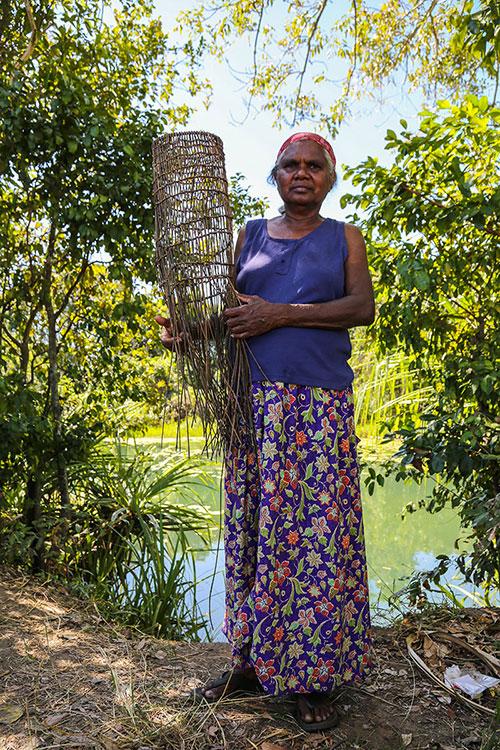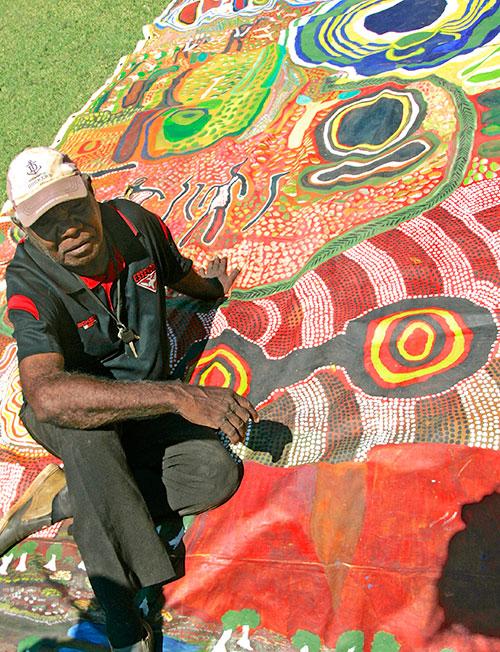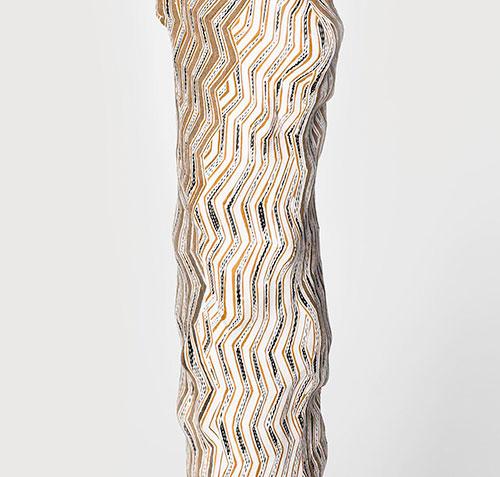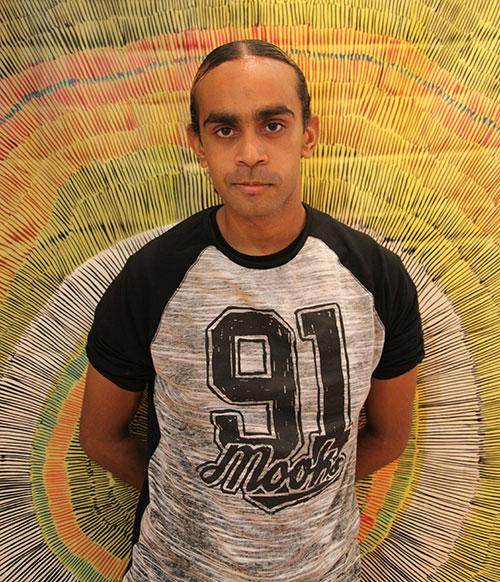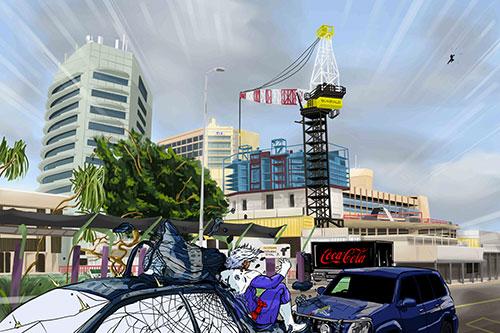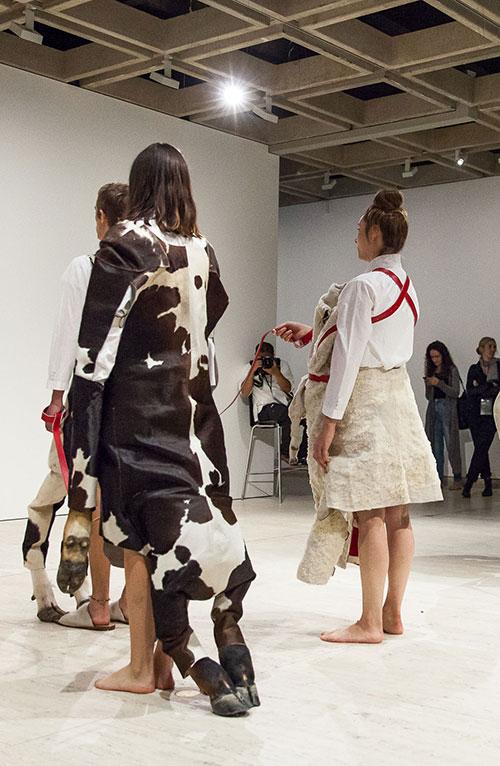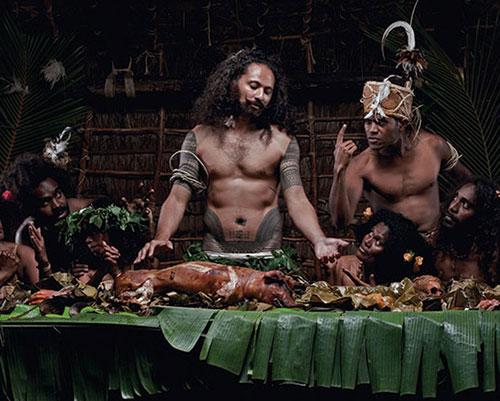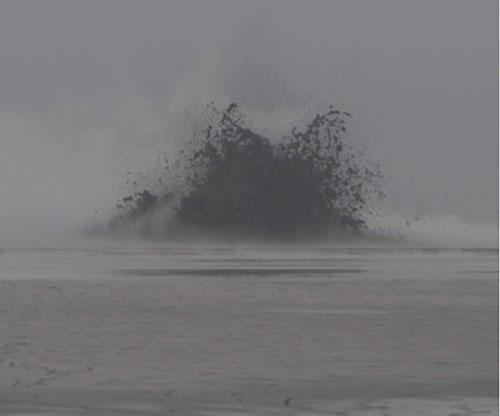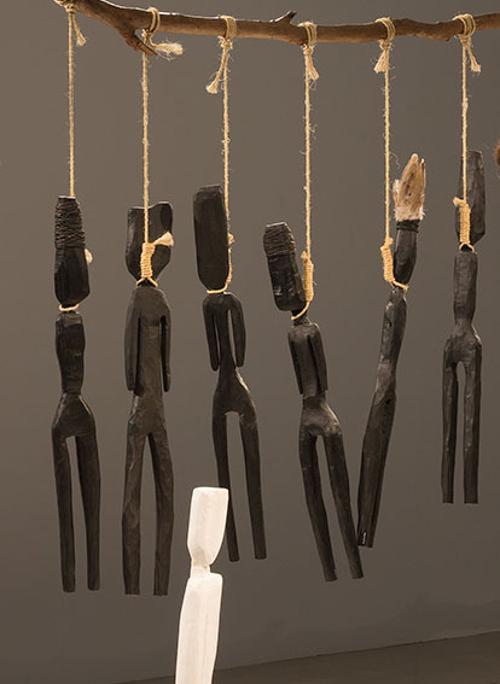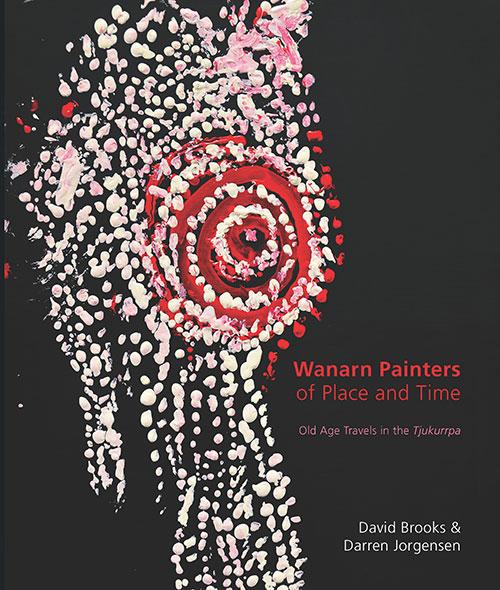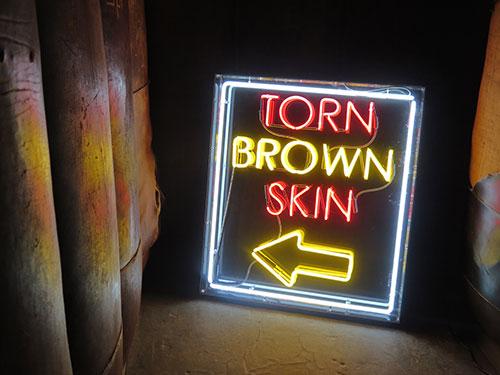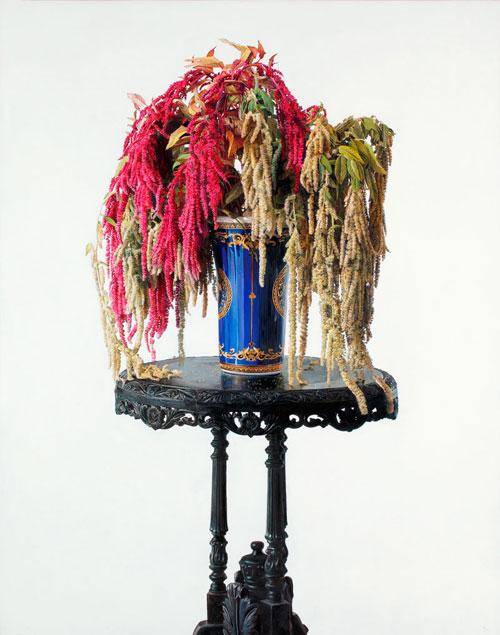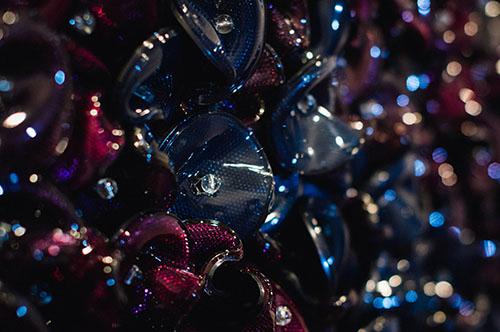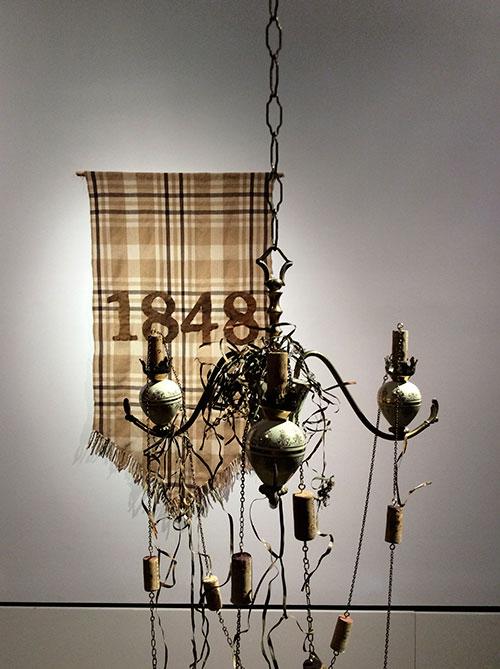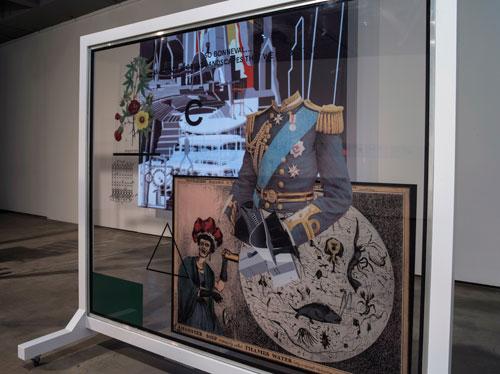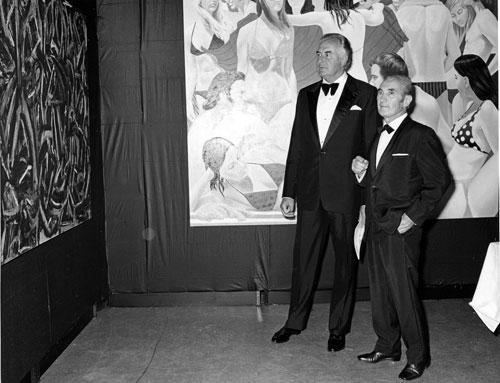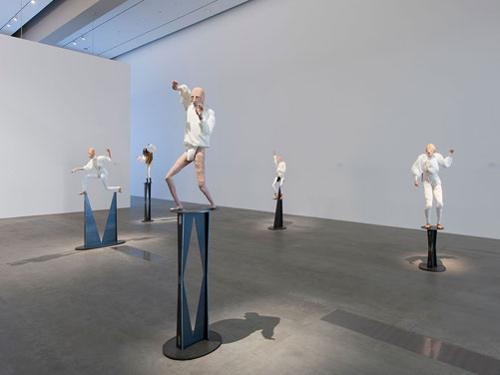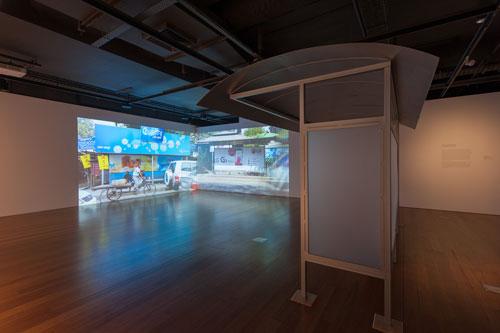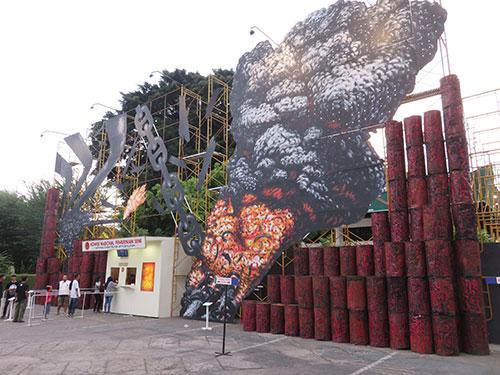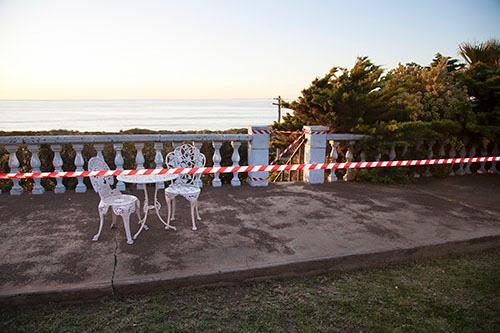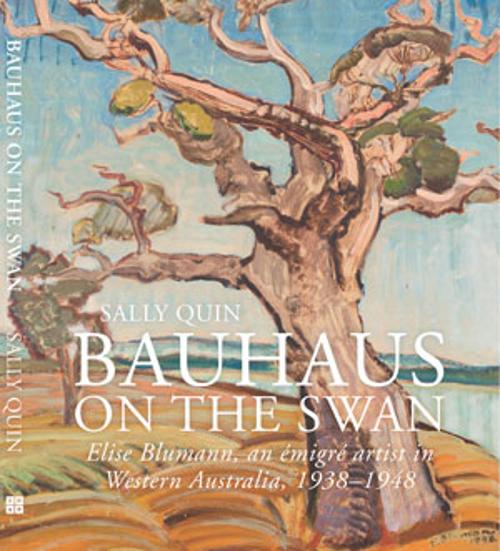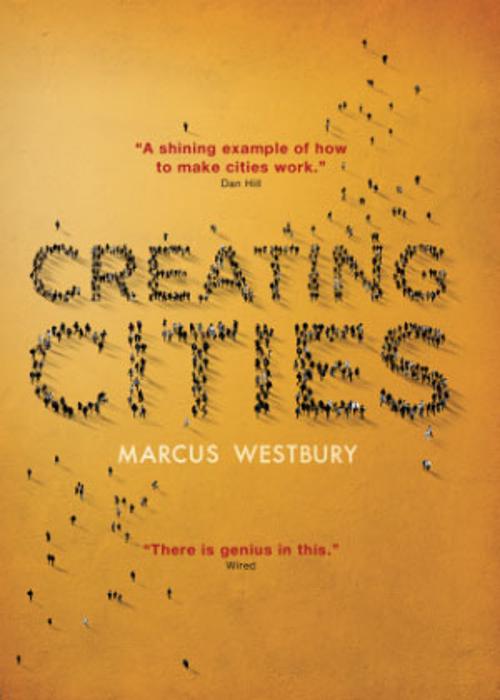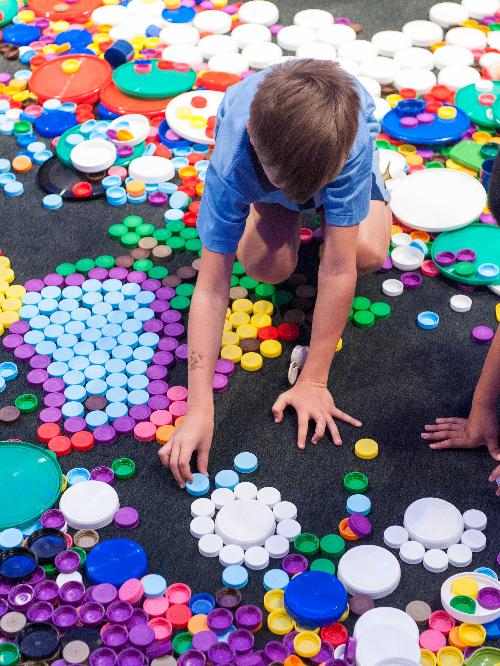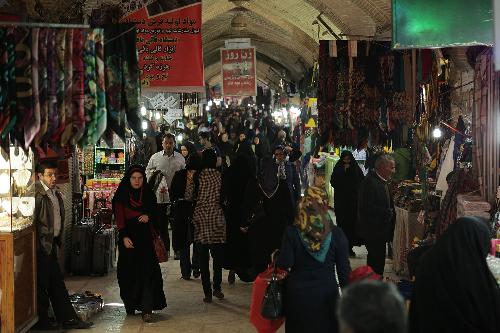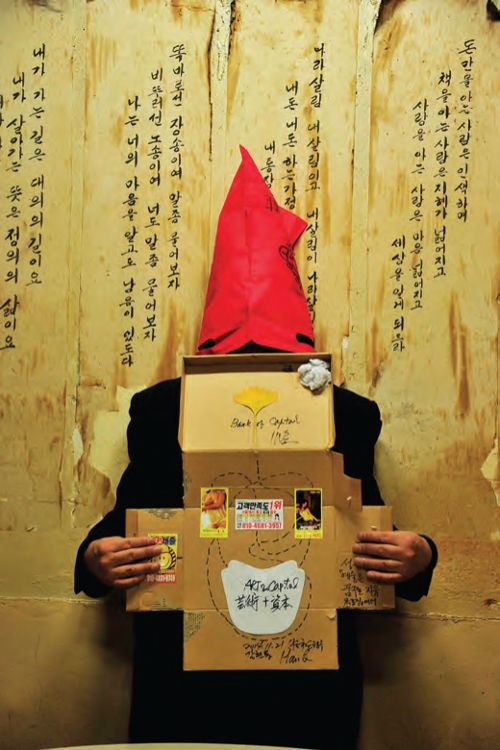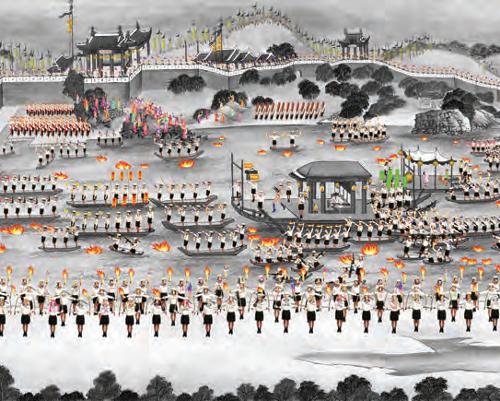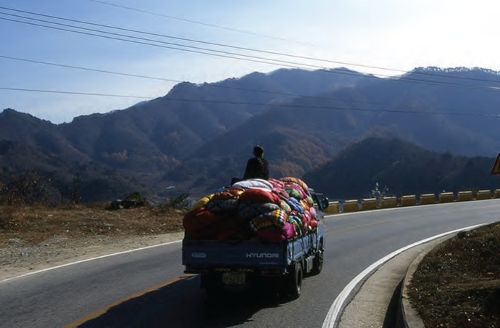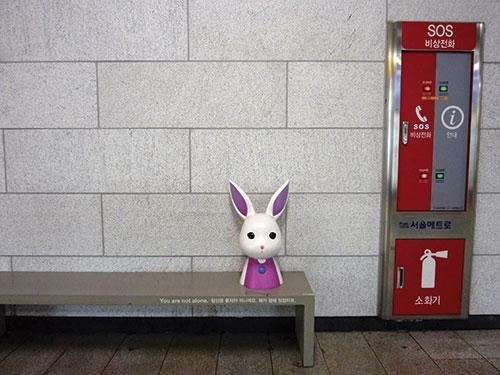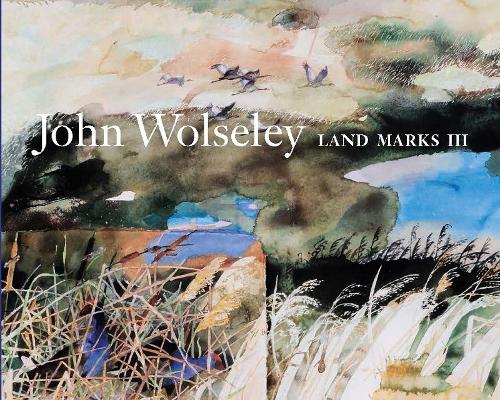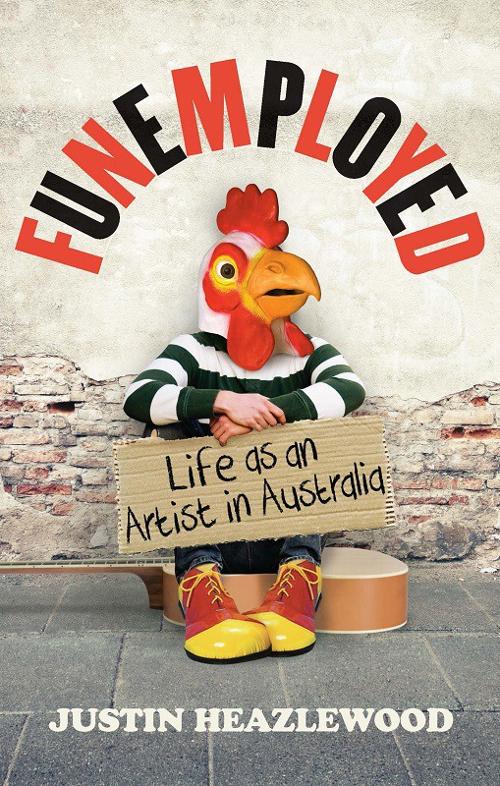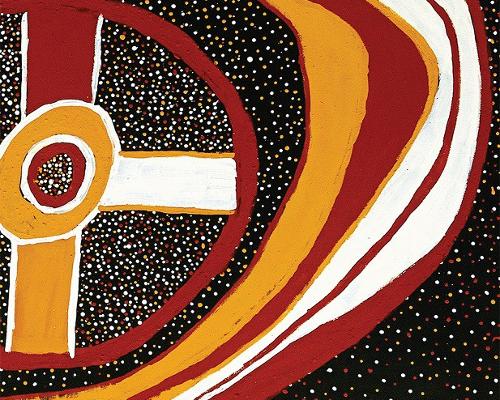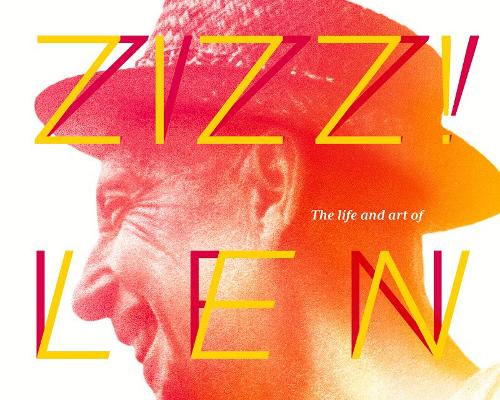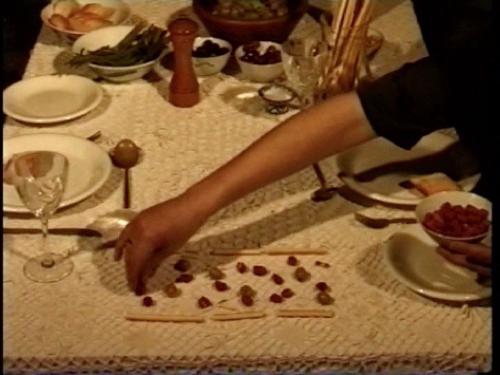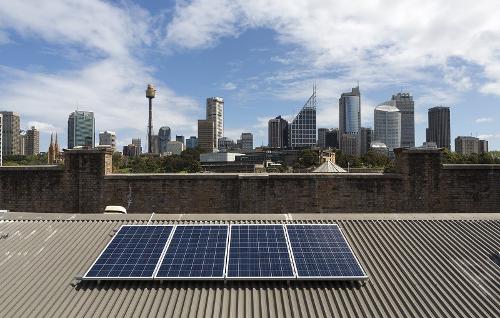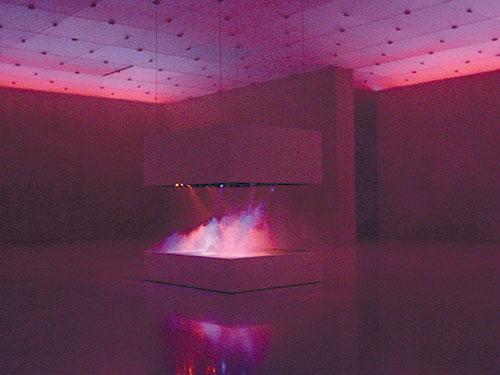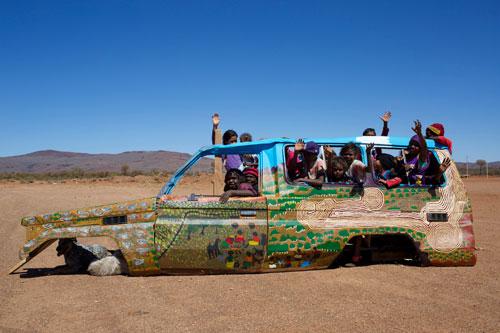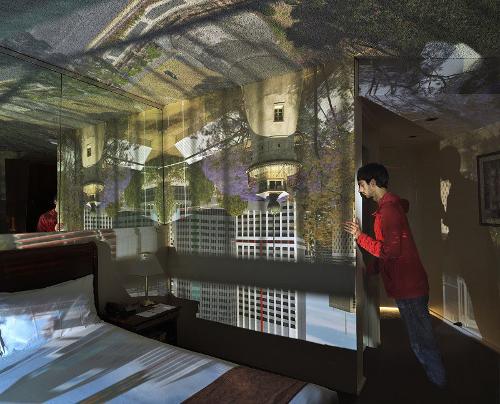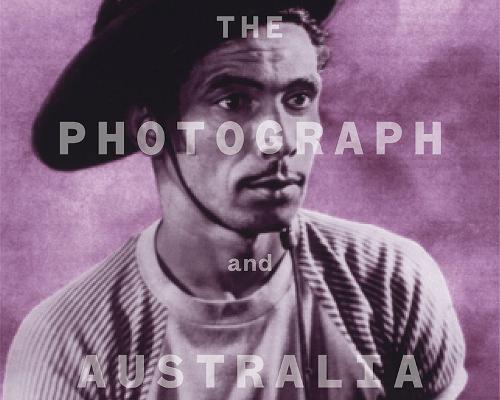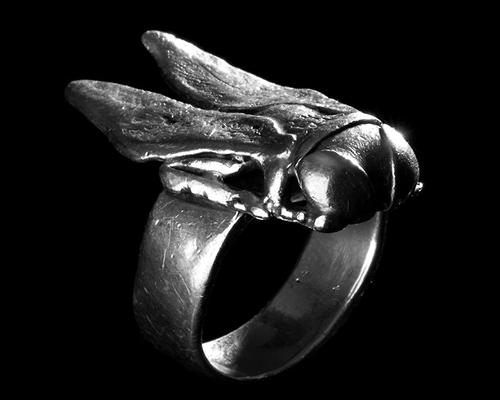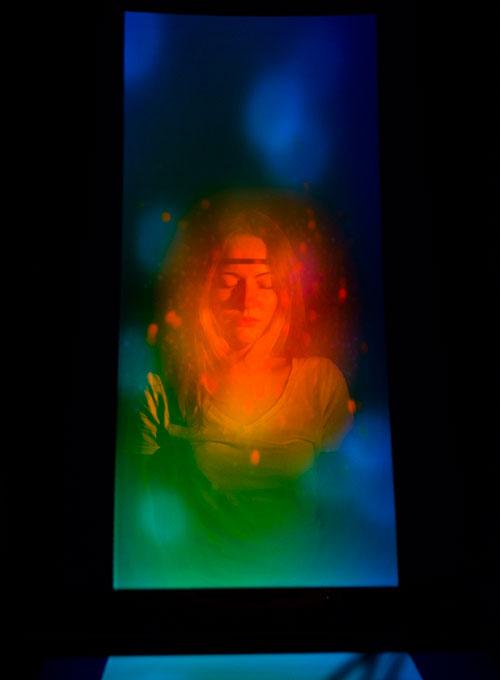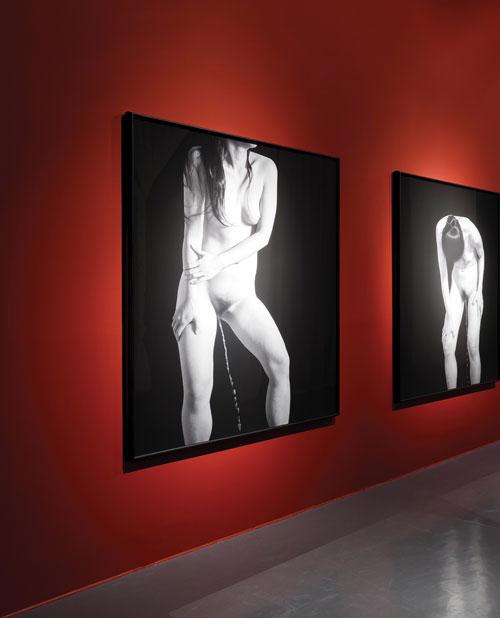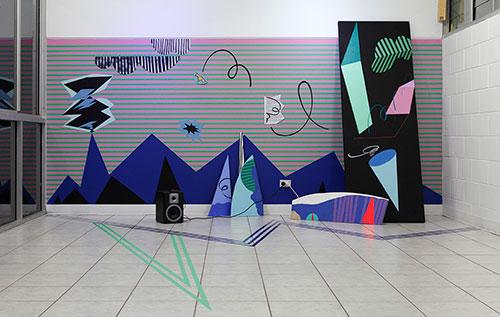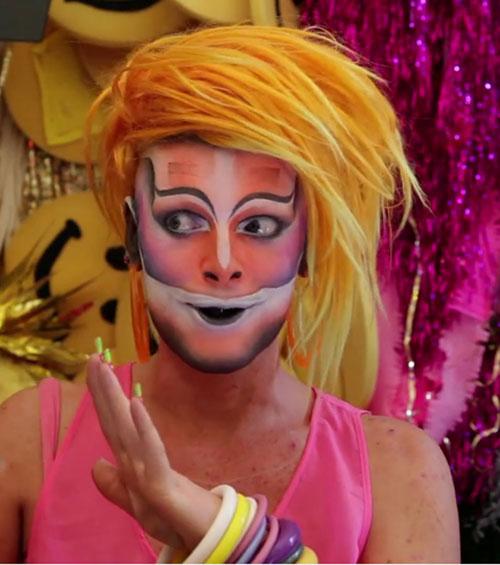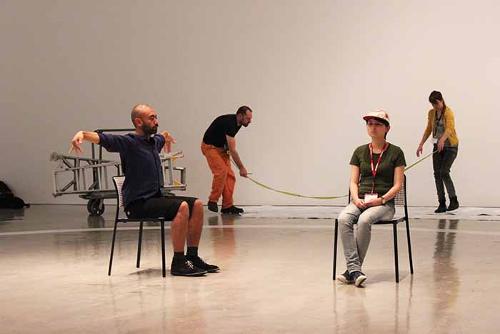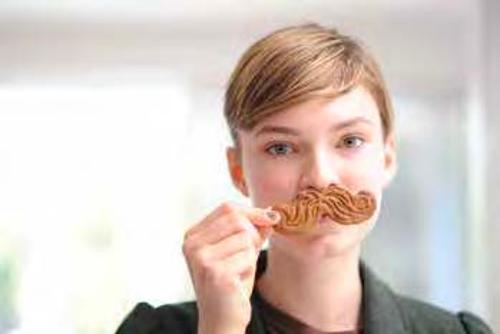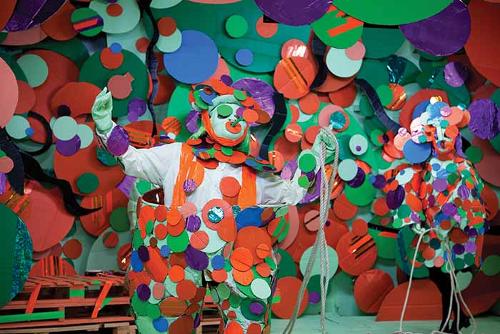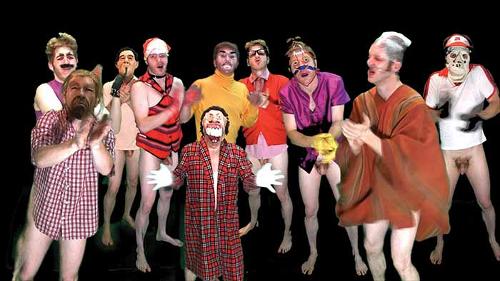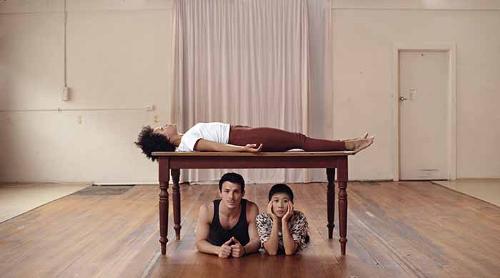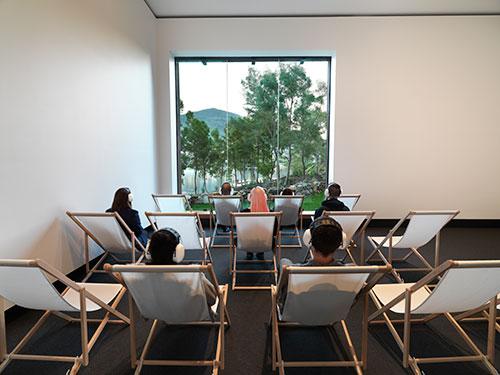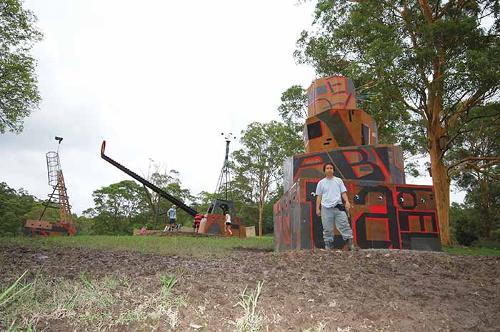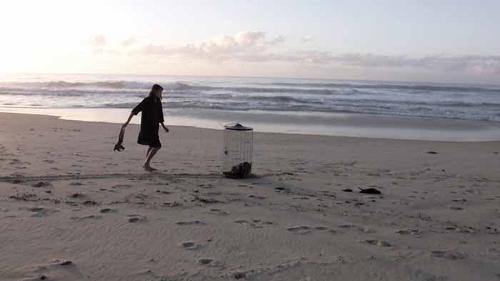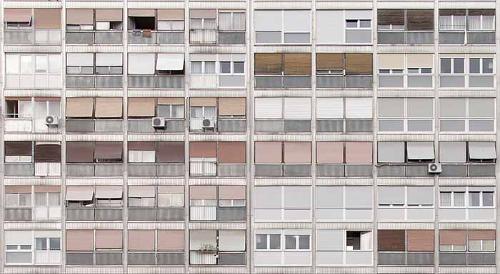Search
You searched for articles ...
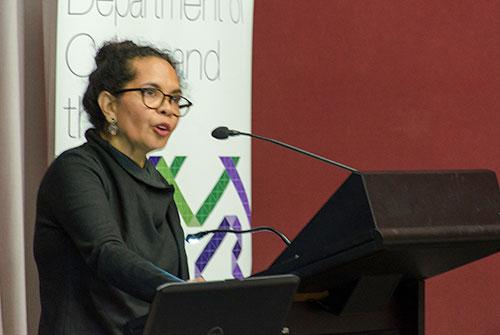
Keynote address presented on 17 April 2015 in Perth as part of the annual Revealed program supporting emerging Aboriginal artists from Western Australia.
As Indigenous people of this nation we are a sovereign people, standing strong in our culture and remaining true to our heritage. We stand strong in our art; we stand strong in our culture and we stand strong on our country. Our ancestors, communities and families have welcomed many non-Indigenous peoples into this country, and today we see the continuity of our shared culture, history and traditions. I see Aboriginal art and culture at the very forefront of Australian identity and celebrated in such a way that previous generations would not have imagined. Despite these remarkable achievements, we as Aboriginal people in this country have been continually bombarded by waves of dispossession, racism, marginalisation and genocide. I am both angered and frustrated that we continue to sustain the impact of colonisation on a daily basis some 226 years after invasion. We are not recognised as a sovereign people, we continue to be governed by a nation that does not recognise us as equals.
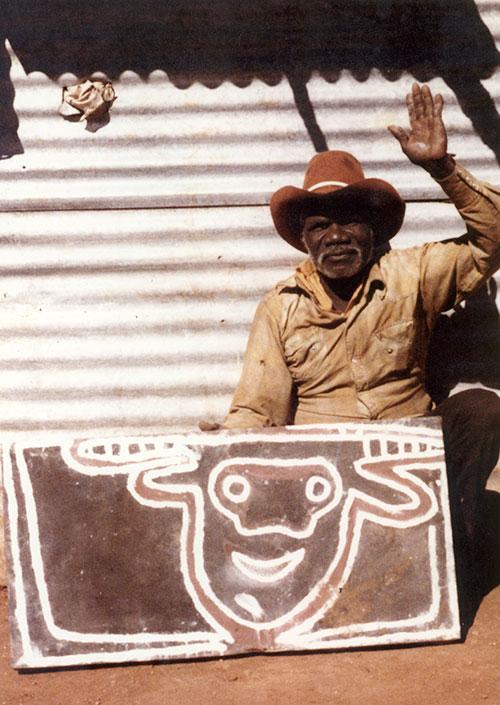
Painting at Warmun has long been linked with the desire of the old people to pass on Gija language to children. At the same time as the Goorirr-goorirr song and dance cycle was given to Rover Thomas by a spirit, Gija elders were requesting that the Ngalangangpum School teach their language. Paintings carried in the dance helped launch the local art movement and the singers and dancers were also the language teachers. They made objects as teaching aids that are now part of the Warmun Community Collection.
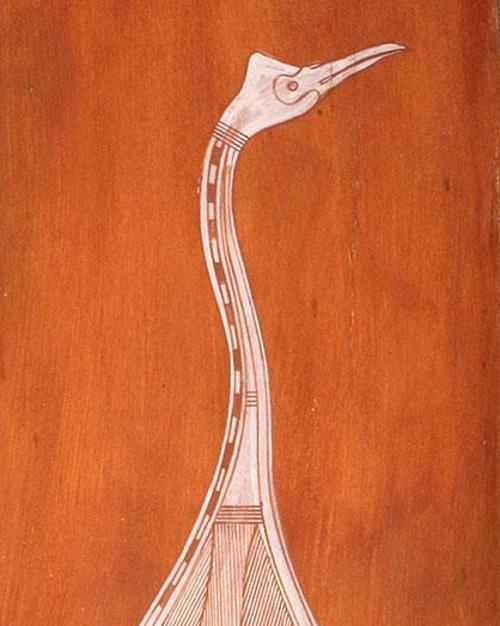
Words are like territories. Like invisible boundaries laid down in the vast forest of experience, they parcel up reality into sections which can be named, like addresses or the clan estates of Arnhem Land. To compare two languages can be like overlaying the maps of two different cultures. Just as Manilakarr clan lands, for example, are split between Kakadu National Park and Arnhem Land, the conceptual boundaries of words in two languages rarely align neatly.
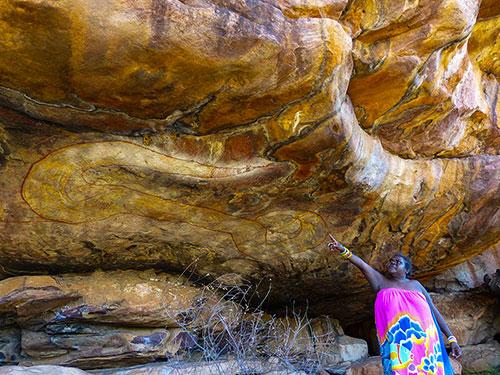
Recent changes to the Western Australian Heritage Act undermine the connection between people and country, placing thousands of rock art galleries at risk. Since the introduction of the cattle industry to the Kimberley region during the early 20th century and the subsequent forced removal of Aboriginal people from their traditional homelands, negative impacts on Aboriginal communities have been well documented. The impact on country, when its people are removed, is equally dire according to Ngarinyin/Nyikina artist, cultural leader and land management professional Rona Charles: “You can’t take people, objects, Junba [song and dance] away from Country and think nothing will happen. Because water, plant, song, animal, people – they all depend on each other. People, for their identity and social wellbeing, and country for ecology.”
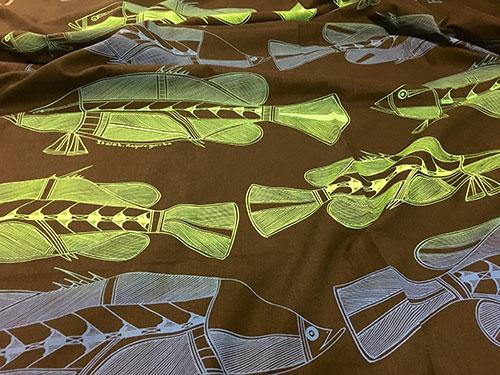
Beginning with batik printing at Ernabella in the APY Lands in the 1940s, hand-printed textiles in Indigenous art centres have become a rich and varied tradition. It has emerged as a significant art form in recent years, particularly for art centres in the Top End.
The Tiwi Islands has one of the longest traditions, where the Bima Wear women’s centre has been printing and designing since 1969, alongside Tiwi Design and the Pirlangimpi Women’s Centre. Tiwi textiles are known for their bright colours and bold designs, and are often worn by the local community.
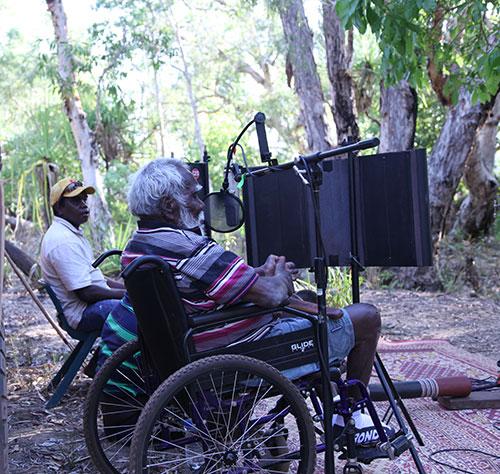
Yolngu people, the traditional Aboriginal owners of North East Arnhem Land, use the word mulka to describe a sacred, but public, ceremony. Mulka also means to protect and share things that are important to us – things that hold our identity, our culture, our connection to country and our past. When our people decided to bring together the films, photographs and audio recordings made in and about our community, the Mulka Project was born.
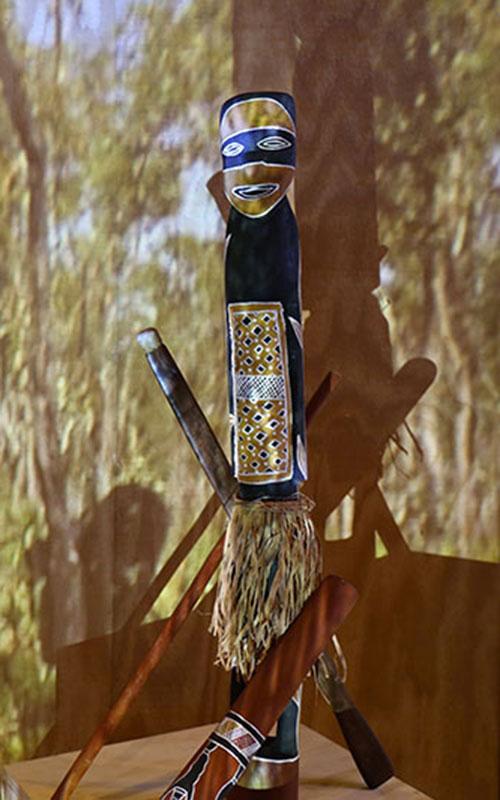
Yolngu have always had art inside our rumbal (bodies) and our doturrk (hearts). What people make depends on their aims, skill and style. With mobile phones and video cameras we’re making a new kind of Yolngu art. But it still comes from inside. It still comes from Yolngu doturrk.
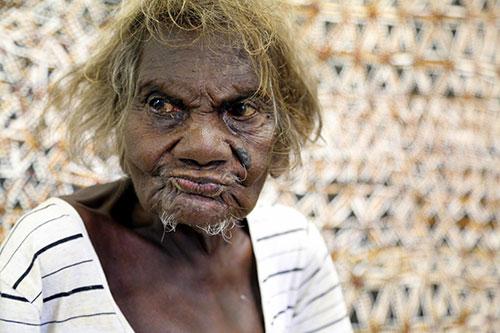
Under the guardians of the mission, Cornelia Tipuamantumirri grew up on Bathurst Island in the Tiwi Islands. She went to school under the old mission church and was given a slate and chalk. Salvation came in the form of the Catholic nuns. She lived in a dormitory with the other Tiwi girls. She was never allowed to speak her language or practice our culture.
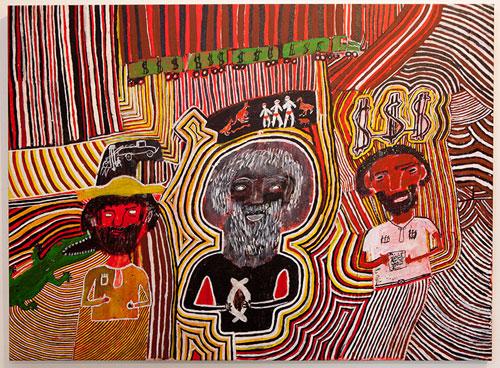
I am a Garawa man. My country is in the southwest Gulf of Carpentaria. When I was young there was no whitefella schooling for us Aboriginal kids. My school was the bridle and the blanket, learning on the pastoral stations where my father worked. Our future was set as labourers on whitefella stations. This is the reason I don’t read and write. I’m not ashamed of this.
I was taught our law by my grandfathers, father, uncles and other senior kin from the southwest Gulf peoples: the Mara, Gudanji, Yanyuwa and Garawa. Knowledge came to me through ceremonies, hunting, fishing, gathering and travelling through our country with the old people. We sing the country.
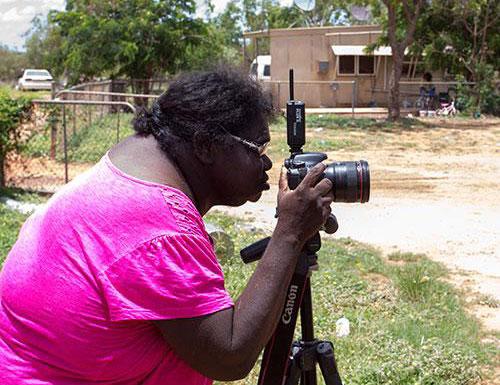
This series explores living conditions in our community of Borroloola in the Gulf of Carpentaria, Northern Territory. I am a Yanyuwa/Garrwa woman. I call it “My country, no home” because we have a Country but no home, people are living in tin shacks, in matchbox-sized houses. Even traditional owners here don’t own houses. I wanted to take these photos to show the world how my people are living. The project is not to shame them.
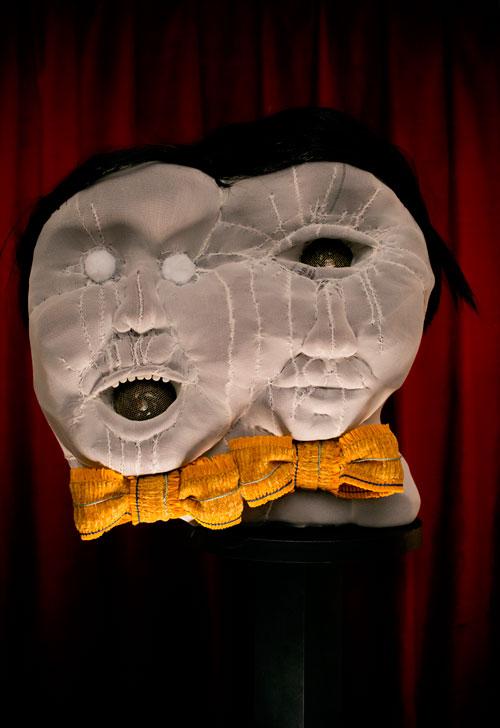
Eve Sullivan interviews Lisa Slade Curator of the 2016 Adelaide Biennial of Australian Art: Magic Object
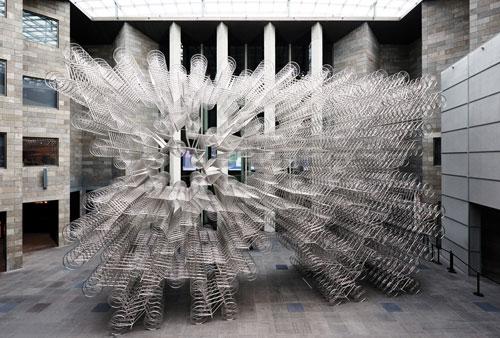
One of the centrepieces of Andy Warhol | Ai Weiwei at the National Gallery of Victoria is a fresh iteration of Ai’s Forever sculpture. Located in the foyer, the sculpture consists of a towering arch of over 1,500 interconnected bicycles, all uniformly produced to a minimalist design. The Forever series is now among Ai’s most known works, having been exhibited in many configurations in museums and public spaces in London, Taiwan, Taipei, Venice and Toronto and elsewhere. The namesake is China’s Yong Jiu (which translates as“Forever”) brand of bicycle. Established in the 1940s, the prized Forever brand dominated China’s cycling culture for several decades before the car became more widely used. For Ai there is a tainted nostalgia about the Forever bicycle. In the remote village where he was raised after his father – an enlightened and popular poet – was exiled from Beijing, the bicycle was not only needed for travel but for transporting things. It was also out of reach to all but the well-off, a high status object of intense desire for a child like Ai living in poverty.
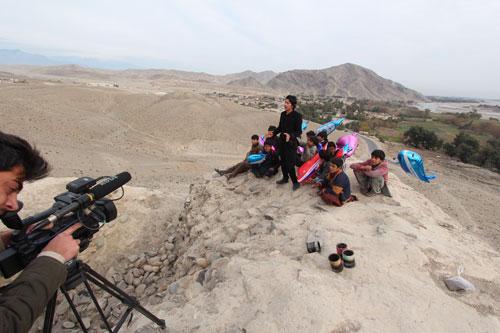
Much of the discourse around contemporary art in the last twenty years has been about the social turn, a catch-all for collaborative, conversational and relational practices of one kind or another. Claire Bishop has argued that much of this discourse is not about art at all, but ethics. She says that social practices should not be mistaken for ethical practices, comparing the art gallery dinners of Rirkrit Tiravanija to Santiago Sierra’s tattooed Mexican junkies, and the community outreach of Oda Projesi to Jeremy Deller’s re-enactment of a miner’s strike protest in Britain. Here an ethical debate turns into a political one, as Bishop finds an analogy for social conflict in Deller and Sierra, in the way that their work does not carry a clear social message but enacts an ambivalence that suspends ethical judgement.
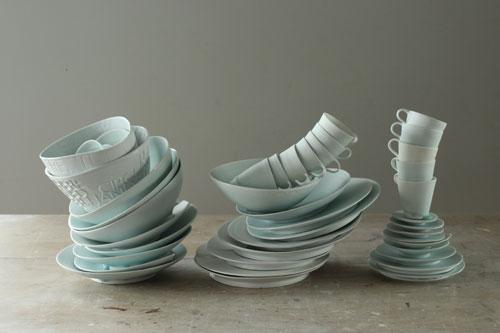
Ceramics has always been about the sticky materiality of clay. Unlike other mediums where the material is often the passage for the artistic idea or vision, the medium itself drives the concept. This gooey, organic substance has for thousands of years been crafted into a myriad of forms and textures. Recently, we’ve been hearing of a “revival” or “rediscovery” but potters and ceramicists have always engaged critically with their material – challenging form, pushing technical boundaries, experimenting with the baffling chemistry of glazes, subverting embodied narratives – in an attempt to understand their material. Over the last decade the field of ceramics has expanded to incorporate those that work with clay, rather than just those that were trained in clay, and along with it a flow of critical thinking and collaboration in art, craft and design is blossoming, driven by the possibilities of new artistic materials, and the need to find sustainable solutions for those already in use.
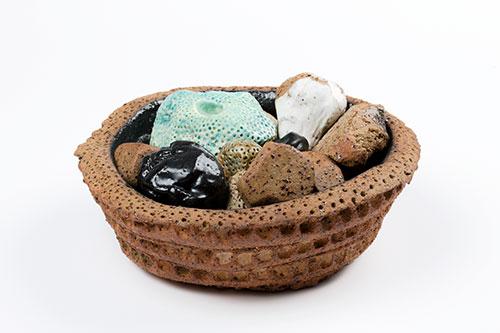
Sometimes my life as an artist feels a little fraudulent. For twenty years I worked and still work as a curator although I was trained as a painter. No art administration for me! I am an artist. So I always felt a little fraudulent as a curator as well. When I left university I wanted desperately to be an artist. Living and working in Wollongong did not present many options so we created them ourselves. In 1995, along with Lisa Havilah and Nathan Clarke, we opened Project Contemporary Art Space. About a year later I started working with Guy Warren at the University of Wollongong. Then that’s it for the artists’ life for nearly the next twenty years.
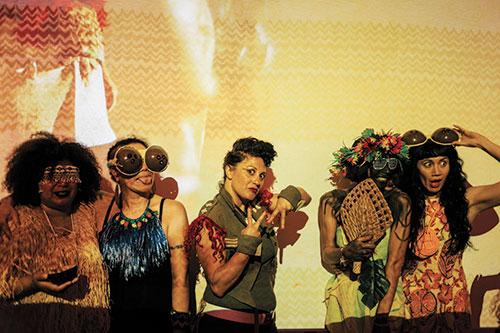
Art, performance, and spoken or now written text, all belong to the same register of cultural practice in the First Nations I am familiar with or belong to: ceremony. This ceremonial register takes place in a set of spaces created to enact cultural responsibilities to place, people and balance. Galleries and museums, as sites of cultural production and presentation, have the potential to nurture new ceremonies and new working methods.
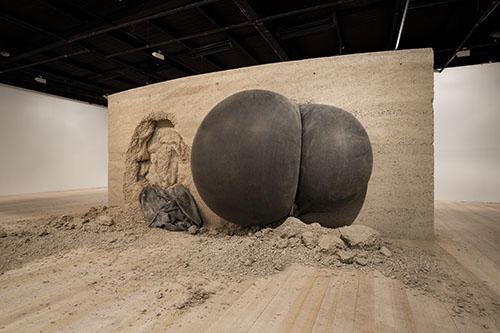
Lucy Bleach quietly moved mountains in 2015. Based in Hobart, for a number of years her work has used the language of geology to explore volatility, impact and resonance. By slowing down the experience of these forces, the slow flux of her artworks present opportunities for intimate encounter and reflection. Increasingly, her innate sculptural sensibility has also brought these concerns to an expanded field of sites, communities and histories, generating collaborative projects that engage people in deeply felt, transformative processes. Last year saw these concerns blossom in a series of five major projects, that collectively identify her as one of the most exciting, dynamic and significant artists operating in Tasmania today.
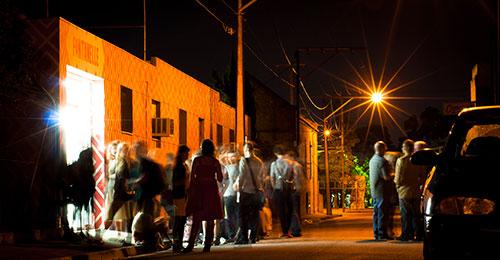
Eve Sullivan in conversation with Fontanelle directors Brigid Noone and Ben Leslie
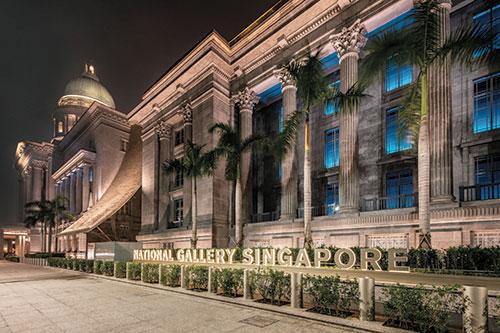
The founding father of independent Singapore, Lee Kuan Yew, famously lectured his citizens that “Life is a marathon” (without a finish line), encouraging them to work towards long-term rather than to sprint to short-term goals, not only for the individual but more so for the state. His life’s achievement came to an end on the 23rd of March this year; but his son, Prime Minister Lee Hsien Loong, subsequently realised one of the citystate’s long-term goals when he launched the National Gallery Singapore (NGS) on 23 November 2015.
